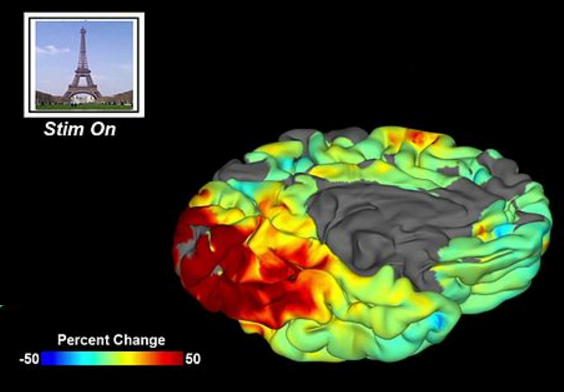Link to Theory of Consciousness – Part 1
Link to Theory of Consciousness – Part 2
From a few basic observations, Integrated Information Theory, IIT, constructs a mathematical theory of consciousness which allows one to predict where consciousness can be expected to arise vividly. The powerful thing about IIT is that, with this mathematical theory, it attempts to shine light on what consciousness is and why it feels like something. Or at very least this theory attempts to make observations about how it behaves.
So what are the basic observations about consciousness which IIT, makes? In the case of the current version of IIT, 3.0 (as of January 2017), there are 5 basic observations, which I will explain in detail at a later time. For now I will just list the descriptive names they’ve been given with simplistic definitions:
Intrinsic Existence – Consciousness exists. Each experience is real. This existence is self-evident.
Composition – Conscious experience is composed of elements, such as the objects in one's environment which one is aware of.
Information – Each experience is the way it is and different from other experiences.
Integration – Consciousness is unified. It cannot be described merely as the sum of its parts.
Exclusion – Consciousness exists at a particular place and time. It excludes other times and places and elements.
To tie these axioms back to the Buddhist view that consciousness is part of a totality, the first axiom—Intrinsic existence, states that consciousness is a fundamental property of reality. Therefore, it is not strictly limited to brains. Instead consciousness is defined as the integration of information, which is reflected in the third and fourth axioms which give Integrated Information Theory its name. Lastly Composition and Exclusion acknowledge the convenience of dividing phenomena into structured, highly interconnected parts in order to understand the way phenomena appear to be, for instance giving rise to conscious beings. This is consistent with Buddha’s reply to the question, “Are things separate or a unity?” Answering that both views are extremes to be avoided. Although things are part of a unity, recognizable phenomena do arise within that unity, like waves within the ocean.
So why didn’t someone come up with this theory much earlier? Probably because it would have been pointless until now. The theory couldn’t have been tested experimentally. We couldn’t measure our thoughts, feelings, and experiences quantitatively and objectively until machines like EEG, MRI, etc. were invented. We would only have had subjective unquantifiable self-observation to rely on.
An example of brain Imaging. In this experiment an image is shown to the subject and changes in brain activity are observed. Adapted from https://commons.wikimedia.org/wiki/File:Development-of-grouped-icEEG-for-the-study-of-cognitive-processing-Video1.ogv
In order to test IIT, researchers created an artificial world, like Sim City, except the only thing in this world is an old-school Pong-like game. The creatures in this world, called Animats, use a simple nervous system to either avoid or catch the blocks coming at them, similar to how an animal finds food and avoids predators. What they found is that these simulated creatures evolve to be more conscious as measured by φ (Phi). Apparently, beings with higher consciousness are better at staying alive given their limited neural resources. This Animat experiment shows how IIT may be able to answer the fundamental question of why vivid consciousness appears in living beings.
Illustration of Animat world and nervous system adapted from http://integratedinformationtheory.org/animats.html
IIT has also been validated to some degree by the fact that φ (Phi) follows self-reported levels of consciousness during sleep, seizures, and other states. In other words researchers were bothering sleeping people, waking them up in the middle of the night and asking them how conscious they were, “Hey wake up! How conscious are you?” “Uh what, kind of?” How conscious the participants said they were correlated with the value of φ researchers calculated based on measurements from electrode placed on their head to monitor the activity in different areas of their brain.
The ability to measure consciousness is why this theory may have practical applications like measuring the depth of anesthesia or analyzing sleep disorders. Beyond immediate possibilities, IIT may help to answer one of the most fundamentally basic yet complex questions of life, “What is consciousness and why does it feel like something?”


